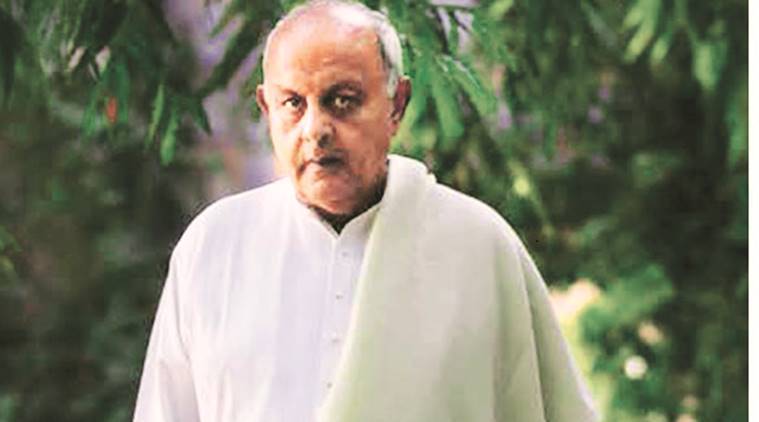Journey of a Thread
The late Martand Singh’s collection of khadi finds a new home in Bengaluru.

The late Martand Singh.
When ‘Khadi: The Fabric of Freedom’ was displayed in Delhi in 2002, textile revivalist Martand Singh (Mapu) had requested that children from the blind school visit the exhibition. For one of them, it felt like the wings of a dragonfly. It was Mapu’s “last woven journey”, as he called it, the finale of his ‘Vishwakarma’ series that celebrated Indian textiles. Commissioned by the Swiss charitable trust, Volkart Foundation, Mapu presented an exhaustive compendium on khadi — exploring the range of handspun, handwoven cotton from its finest to its coarsest versions.
With over 108 samples from nine states, including Phulia in West Bengal and Ponduru in Andhra Pradesh, the swatches were neatly catalogued so that one knew its count, region and the charka used. Singh had seven leading designers of the time select from the swatches to create a collection.
Khadi was here before the mills arrived and it is this home-grown knowledge that Mapu brought into the exhibition. Andreas Reinhart of Volkart Foundation called it “white gold”, given the sustainable processes used in its creation. A sampling of the collection is on display at Delhi’s Bikaner House. Textile scholar Rta Kapur Chisti bridges the 16-year history of the exhibition with saris from Maharashtra and Andhra Pradesh, and home furnishings from Uttar Pradesh.
“Khadi can provide widespread employment for up to 15 women and men per loom in a year. As many as 7-8 persons are employed per loom in the cultivation — picking, deweeding, cleaning, combing, carding and handspinning, and an equal number for sizing, dyeing and handweaving,” says Chishti, who, along with textile designer Rakesh Thakore and textile historian Rahul Jain, had assisted Mapu in the khadi exhibition.
Ashoke Chatterjee, former Executive Director, National Institute of Design, and adviser, Crafts Council of India, says, “At one time khadi was the freedom cloth. The freedom that khadi addresses today is a path towards sustainable futures that addresses the needs of those on the margins, and the ecological priorities of our times. This is a message that young audiences can understand.”
A set of 108 pieces from Mapu’s exhibition will find a home in Bengaluru, initiated by the Registry of Sarees, a two-year-old organisation that believes in knowledge creation, and promotes learning in histories, culture and weaver skills. Currently, the 69-year-old Calico Museum in Ahmedabad is possibly the only repository open to public that documents Indian textiles.
“We have planned for a resource and study centre in Domlur, in our office building, where students, designers, and those interested in textiles can better understand khadi. We hope Mapu’s collection will create the knowledge base for the fabric that is integral to our past, present and future,” says Ally Matthan, Founder, Registry of Sarees. Matthan is also the co-creator of the #100SareePact, an initiative to bring saris back into everyday wear and conversation.
While the centre will open in a couple of months, Matthan plans to take the collection forward as an exhibition and a museum. Delhi-based curator Mayank Mansingh Kaul has been roped in, while Sandeep Sangaru from Bengaluru will design the space.
“Mapu’s collection of khadi was arguably the last comprehensive survey of the fabric done in India. Mapu linked it to the freedom movement and Gandhi, and we would like to present it in today’s context,” says Kaul, adding, “How does the audience understand the complexity of the base fabric? It is done to mathematical precision, is soft and yet pliable in structure. The focus is therefore on the yarn rather than just the weaving.”






















No hay comentarios:
Publicar un comentario